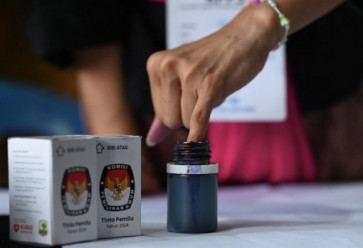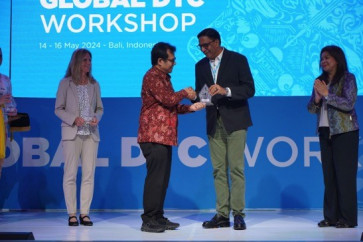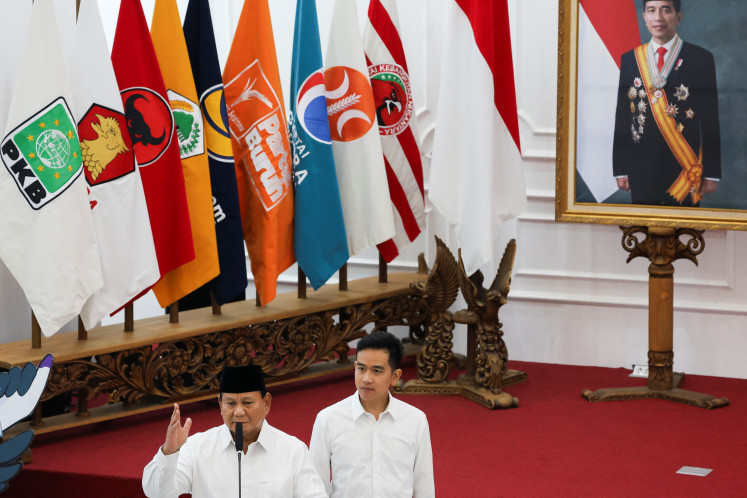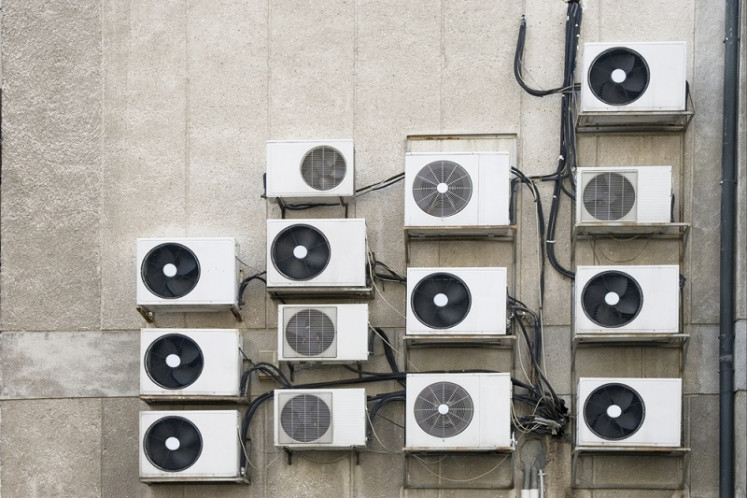Biomass: Paving the way toward more sustainable energy future
The International Renewable Energy Agency estimates that 10 percent biomass cofiring in coal plants could reduce carbon emissions by up to 450 million tons per year.
Change Size
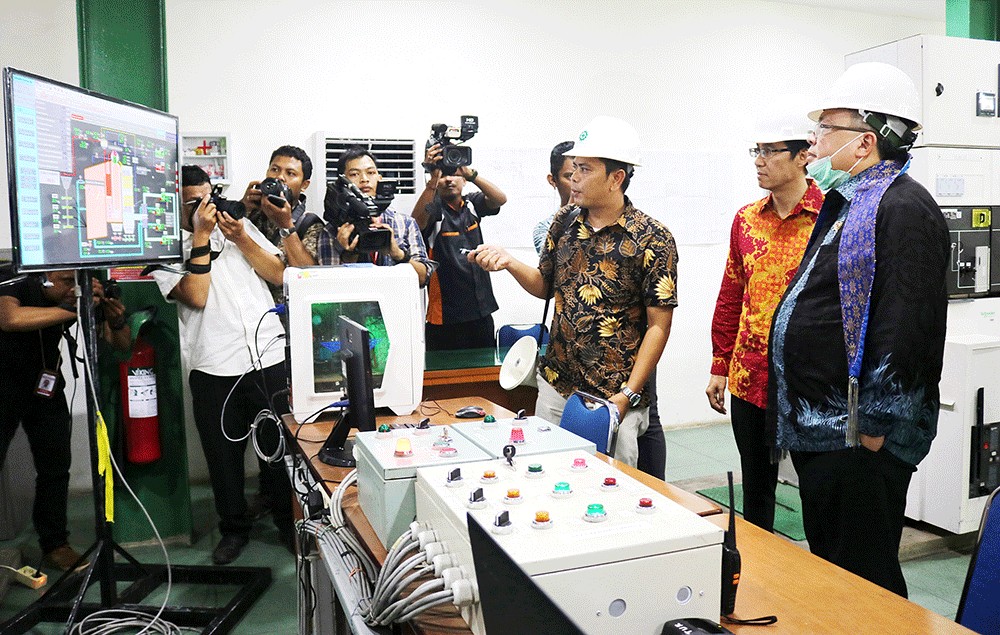
C
OVID-19 has upended the global energy sector. Demand for major fuels drastically declined in the first half of this year, as industries paused operations and travel came to a standstill.
Amidst the upheaval, one positive outcome did emerge: global carbon emissions dropped by 17 percent, with year-on-year emissions on track to fall by 4 to 7 percent.
Major multilateral organizations have urged countries to leverage this moment to create a new pact between the environment and the economy. Governments and businesses are called to prioritize clean energy as they plan for recovery following the pandemic.
For Indonesia, addressing this challenge is an especially critical undertaking. Beyond COVID-19, the country has committed to reduce greenhouse gas emissions by 29 percent by 2030. In parallel, by 2025, it aims to have renewables comprise at least 23 percent of its primary energy demand, including 10 percent bioenergy, 7 percent geothermal and 3 percent hydropower.
Transforming Indonesia’s complex energy ecosystem is not something that can be done overnight. The country’s large population, geographic sprawl and growth ambitions require that it rely heavily on readily available but carbon-intensive fuels to meet immediate power demand. Today coal is dominant, accounting for 60 percent of the country’s electricity needs.
Plans to realize Indonesia’s clean energy goals would benefit from a systematic exploration of multiple avenues, making use of existing infrastructure, promoting investment in cutting-edge technologies and developing local capabilities.
To be sure, the Ministry of Energy and Mineral Resources (ESDM) is exploring options to increase adoption of renewables. However, building hydropower and geothermal plants requires significant time and money.
Likewise, intermittencies in solar and wind power generation mean that communities must invest in energy storage or build back-up systems that run with more flexible equipment to ensure stable supply. Given these circumstances, one renewable fuel source that can help Indonesia in the nearer term is biomass.
The International Renewable Energy Agency estimates that 10 percent biomass cofiring in coal plants could reduce carbon emissions by up to 450 million tons per year. It also has strong potential to lower emissions of methane and other pollutants, while maintaining round-the-clock dispatchability and reliability of power generation. By modifying combustion equipment, it is even technically possible to increase the biomass cofiring ratio up to 50 percent – leading to more emission reductions.
ESDM has indicated that bioenergy has the potential to deliver around 32 gigawatt (GW) of power to Indonesia. Although utilization remains extremely low (206 megawatt (MW) for grid-level power generation and 1,683 MW for off-grid), efforts are underway to augment biomass installation to 26 GW by 2050.
In June this year, state electricity company group PLN subsidiary PT PJB successfully tested biomass cofiring in five of its coal power plants, with similar trials planned for all of PLN Group’s 52 coal plants.
The government is also looking to introduce more biofuels into diesel-based plants and develop small-scale biomass power plants in East Indonesia. Likewise, it is encouraging the use of agro-industrial waste for electricity generation, developing energy crops as sustainable feedstocks, and working with the agriculture sector to obtain surplus captive power.
Moving forward, the challenge will be to increase the share of biomass cofiring in both urban and rural areas across the archipelago. Localized data will be needed to ensure that biomass production facilities are efficiently run, while infrastructure for electricity distribution must be improved.
The good news is that Indonesia is well poised to leverage biomass as a renewable fuel. Palm shells, pellets and wood tips are widely available as by-products of agricultural activity and municipal waste. In fact, Indonesia currently exports palm shells on a large scale, and a total of 20,925 tons of raw materials for biomass pellets are produced daily from 15 city waste management sites around the country.
With such fundamentals in place, more widespread adoption of biomass in Indonesia is feasible – and can supercharge the country’s energy transition efforts.
At the International Energy Agency (IEA) Clean Energy Transitions Summit in July this year, ESDM Minister Arifin Tasrif emphasized that “during this challenging time, energy production must be adjusted to create a new balance and to encourage a clean energy transition.”
Apart from ongoing and planned biomass cofiring pilots, Indonesia is bolstering governance around renewables. Earlier this year, the country announced a joint scheme with the IEA supporting the sector, while a long-awaited presidential regulation is expected to include a feed-in tariff system for renewables. These efforts provide hope for increased investments in renewables in Indonesia.
Still, there is need to consolidate support for biomass and build a clearer roadmap for its national adoption. Mitsubishi Power, with its strong commitment to balancing decarbonization with delivery of reliable power, recently signed a memorandum of understanding with PLN Group and the Bandung Institute of Technology (ITB) to produce a joint policy proposal for evaluation and optimization of biomass usage in power plants across Indonesia. Our vision is for this proposal – expected to be completed by June 2021 – to spur even greater adoption of this critical fuel source.
Ultimately, a cleaner energy future for the country will be achieved only with cross-sector collaboration. Indonesia has significant potential and momentum to transform its energy systems, and with clear signs of commitment, change will come.
***
The writer is president director of PT Mitsubishi Power Indonesia.

